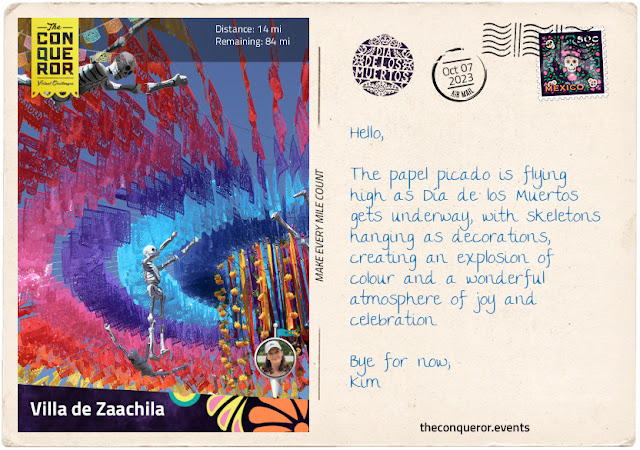Villa de Zaachila
Villa de Zaachila is a small town that gained renown for its bustling weekly open-air market, known locally as tianguis. As I strolled through the market, I was greeted by the heady scent of freshly cut flowers and the earthy aroma of recently harvested produce. Practical items like tools and pottery intermingle with artisanal goods. It is a visual spectacle with goods piled high on tables. Some were precariously balanced on crates or laid out on rugs spread across the ground. While many vendors hail from Zaachila, others journey from the neighbouring villages, such as San Bartolo Coyotepec.
San Bartolo is famous for its barro negro (black clay) pottery, a traditional art distinctive to Oaxaca dating back to the Zapotec civilisation, which occupied the region for more than 2000 years until the 16th century. The pottery originally had a matte greyish colour. It was used as a functional household item until the 1950s when Doña Rosa, a ceramic artist, found a new technique that made the pottery black and shiny. She did this by changing how she handled the clay. Before it dried completely, Doña Rosa polished it with a quartz stone to make it smooth. Then, she baked it at a slightly lower temperature than usual. After baking, the clay turned into a shiny black color. While this new type of pottery is incredibly beautiful, it comes with a trade-off; it tends to be more delicate and less durable in comparison. Consequently, contemporary pottery is designed for decorative purposes rather than practical use.
As part of the preparations for Día de los Muertos, I had the opportunity to see the creation of sand rugs known as tapetes de arena. Families and communities spend weeks or months planning and gathering materials, such as coloured sand, flower petals, leaves, and sawdust, for the sand rugs. Then the pattern is carefully outlined and filled in with the material. The depicted design is typically vibrant and playful, symbolically welcoming the spirits of the dead back home. Once completed, they are decorated with candles, incense, and personal mementos. As the materials blow away with the wind, the sand rugs symbolize the impermanence of life. As the spirits receive the family’s offerings and blessings, they peacefully return to the afterlife at the end of the celebrations.
Another delightful feature found on streets and used as decorations in the home is the papel picado. This traditional Mexican folk art consists of cutting intricate designs into colourful tissue paper. Hung as a banner, rows upon rows line the streets, creating a festive and vibrant atmosphere. The patterns cut into the paper are often highly detailed and delicate, symmetrical in nature, depicting motifs, such as geometric shapes, flowers, animals, and religious symbols.
To finish my exploration in Zaachila, I walked along Calle Coquiza. This street connects the church with the cemetery. Día de los Muertos-inspired art lines the brick walls, including the cemetery's, demonstrating that this ritual celebrates and honours departed relatives.



Comments
Post a Comment